Herculaneum
As our Med Cruise continues in Naples, it’s time for another excursion. Pompeii was destroyed by the eruption of Mt. Vesuvius in the year 79. Although the same eruption devastated Herculaneum – instead of hot lava – the town was engulfed in a river of mud flowing down from its slopes, preserving it for centuries.
Click on the first photo in each group and scroll to see the square photos at full size.
To start at the beginning of this series, visit Mediterranean Cruise.
Above: With early excavations finding very few human remains, it was long thought that most inhabitants managed to escape. But in 1981, when excavations reached these arches (perhaps boat houses), several hundred skeletons were found on the beach and in the 12 arches facing the sea.
Above: With Mt. Vesuvius looming in the background, the first photo shows some excavation in front. It is quite possible there is more of the destroyed city beneath the new homes that are built behind it.
“Located in the shadow of Mount Vesuvius, Herculaneum was an ancient Roman town destroyed by volcanic pyroclastic flows in 79 AD. Its ruins are located in the commune of Ercolano, Campania, Italy.
It is most famous for having been lost, along with Pompeii, Stabiae, Oplontis and the neighborhood of Monte Bursaccio in Boscoreale, in the eruption of Mount Vesuvius in AD 79 that buried it in superheated pyroclastic material. It is also famous as one of the few ancient cities that can now be seen in almost its original splendor; unlike Pompeii, it was mainly affected by pyroclastic flows, thus preserving the wooden objects such as roof tops, building beams, beds, doors, and even food.
Moreover, Herculaneum was a wealthier town than Pompeii, possessing an extraordinary density of fine houses, and far more lavish use of colored marble cladding. The discovery in recent years of some 300 skeletons along the sea shore came as a surprise, as it had been assumed that the town had been evacuated.” – READ MORE
Let the Excavation Begin
“Major excavation began in 1738. A publication called Le Antichità di Ercolano (“The Antiquities of Herculaneum”) was created and had an amazing effect on European architecture in the later 18th century. Motifs from Herculaneum began to appear on stylish furnishings, from decorative wall-paintings and tripod tables to perfume burners and teacups.
Excavation ceased once the nearby town of Pompeii was discovered, which was significantly easier to excavate because of the thinner layer of debris covering the site (four meters as opposed to Herculaneum’s twenty meters). In the twentieth century, excavation once again resumed in the town. However, many public and private buildings, including the forum complex, are yet to be excavated.” – READ MORE
If you’d like more detail about the rooms at Herculaneum click here.
Next time!
It was extremely hot the day we were here. I’ve been told a better time to visit Italy would be in the fall. Next time…
Next up: Florence/Pisa
Happy trails,
Barb

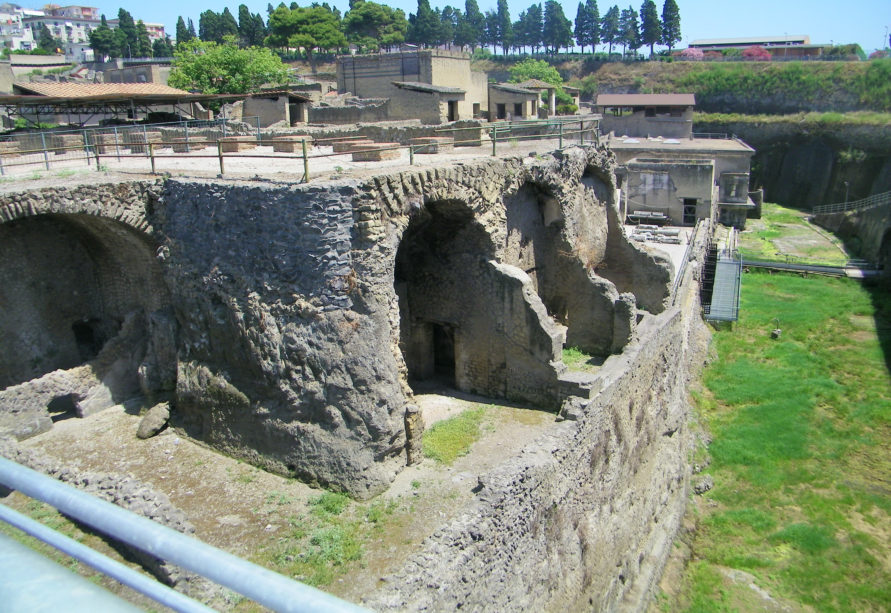
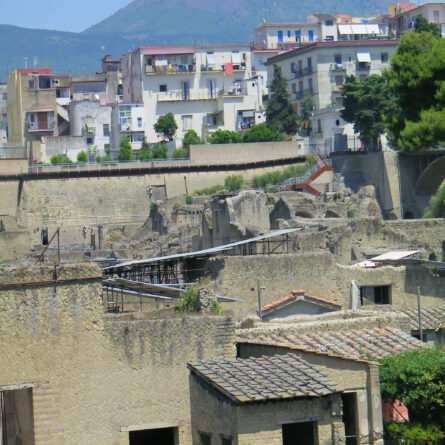
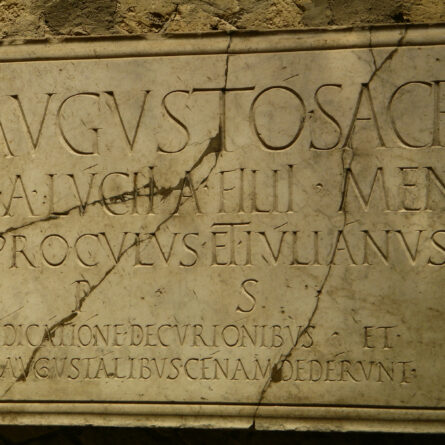
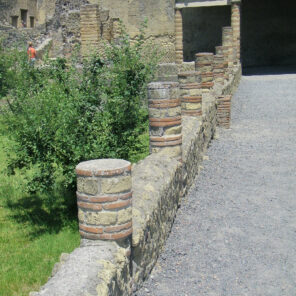
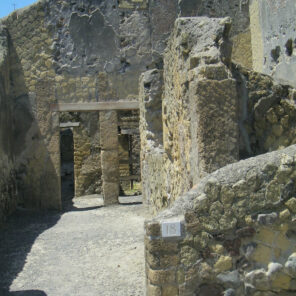
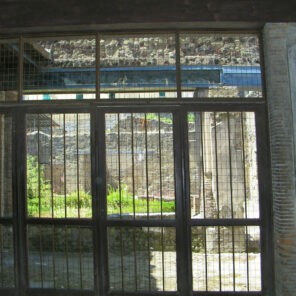
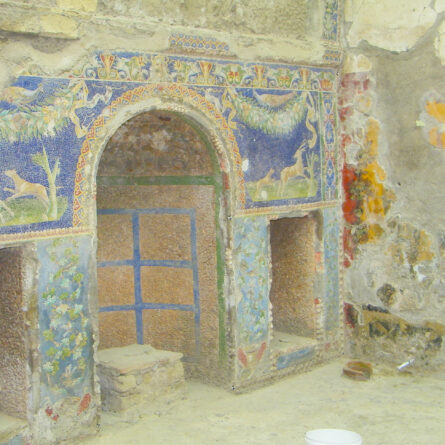
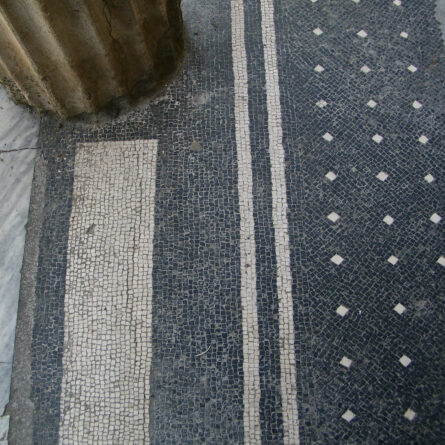
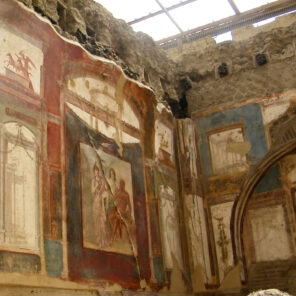
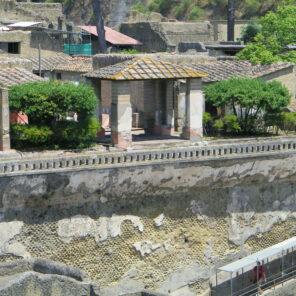
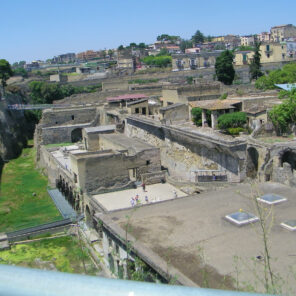

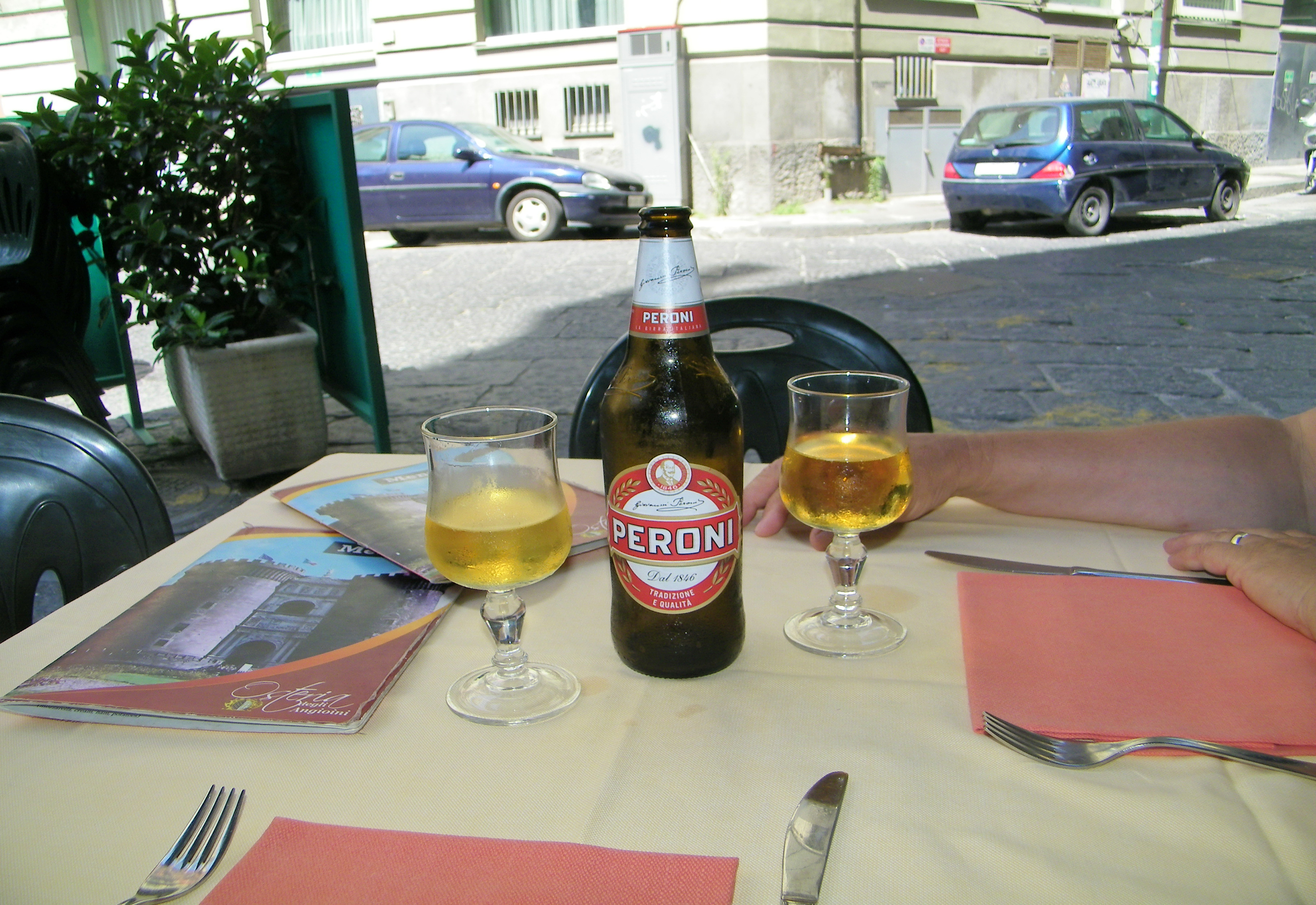

I think creepy. I might have to move. I don’t think anything too interesting is beneath my house in Wisconsin. How about you Laurie?
How would it feel to know there is part of a city under your home? Creepy? Intriguing? A bit of both?